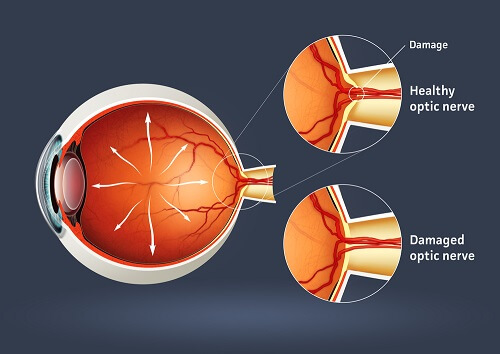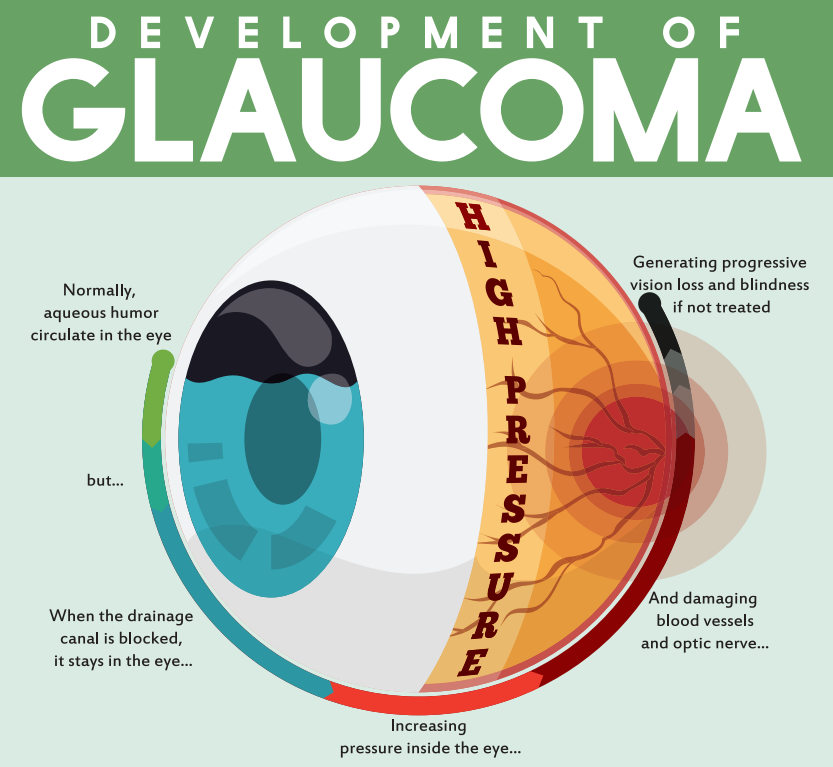Trusted Eyecare Near Me: Your Guide to Keeping Healthy Vision
Understanding the Different Vision Modification Procedures Available for Clearer View
In the world of vision improvement procedures, a wide range of options exist to attend to refractive mistakes and supply people with clearer view. From the commonly identified LASIK surgical treatment to much less invasive treatments like PRK and implantable lenses, the area of ophthalmology provides a series of methods tailored to fit different requirements and choices. Each treatment includes its very own set of factors to consider, advantages, and possible risks. Recognizing the nuances of these vision improvement techniques is vital for making informed decisions about one's visual health. Allow's discover the details of these treatments and lost light on the course to attaining improved vision clarity.
LASIK Surgical Procedure
LASIK surgery is an usual refractive treatment used to fix vision troubles such as farsightedness, astigmatism, and nearsightedness. This surgical technique, which stands for Laser-Assisted in Situ Keratomileusis, aims to reshape the cornea to improve just how light is focused on the retina, inevitably improving vision quality.
One of the main advantages of LASIK surgical treatment is the quick renovation in vision experienced by clients. Lots of individuals observe a considerable enhancement in their sight promptly after the procedure. In addition, many patients report marginal pain and discomfort throughout the surgical procedure and recuperation period. The recovery time for LASIK is reasonably quick, with many people returning to their day-to-day tasks within a day or 2 post-operation. On the whole, LASIK surgical treatment is a popular selection for people seeking a long-term remedy for their vision troubles.
PRK Procedure
While likewise a typical refractive procedure, the PRK (Photorefractive Keratectomy) technique varies from LASIK surgical procedure in its technique to fixing vision problems. In PRK, instead of developing a flap on the cornea, the outer layer of the cornea, called the epithelium, is entirely removed. This permits the laser to reshape the cornea to correct refractive errors such as farsightedness, astigmatism, and nearsightedness straight externally.

In spite of the longer healing time, PRK can produce exceptional cause vision improvement, making it an important choice for those that may not appropriate prospects for LASIK surgery.
Implantable Lenses
In comparison to PRK where the cornea is improved directly, implantable lenses use one more technique for correcting vision by placing fabricated lenses inside the eye. This treatment is especially helpful for people with high degrees of nearsightedness, astigmatism, or farsightedness who may not be suitable candidates for laser surgical procedures like LASIK or PRK.
Implantable lenses, also recognized as phakic intraocular lenses, work by supplementing the eye's all-natural lens with a synthetic one. retina service near me. These lenses can be put before the all-natural lens (anterior chamber) or behind the iris and in front of the all-natural lens (posterior chamber) By adjusting the power and positioning of these lenses, eye doctors can successfully fix refractive errors and enhance aesthetic acuity
One benefit of implantable lenses is that they are detachable and exchangeable, providing adaptability for future modifications. As with any surgical procedure, there are threats involved, such as infection or cataract development. Patients considering implantable lenses should speak with an eye treatment specialist to determine one of the most ideal option based upon their private requirements and eye wellness.
Corneal Rings
Corneal rings, likewise known as intracorneal ring sections, are tiny, transparent tools inserted right into the cornea to deal why not find out more with vision distortions such as keratoconus. Keratoconus is a condition where the cornea thins and protrudes outside, creating vision to become altered. The insertion of corneal rings helps to flatten the cornea, boosting visual skill and decreasing the uneven astigmatism triggered by keratoconus.
The procedure for placing corneal rings is minimally invasive and fairly quick, often done as an outpatient procedure. Throughout the surgical procedure, the ophthalmologist makes a small incision in the cornea and inserts the rings at a certain deepness. When in position, the rings help to improve the cornea, giving a smoother surface area for light to enter the eye, which can lead to more clear vision.
Corneal rings are considered a relatively easy to fix treatment, as they can be eliminated or changed if essential. glaucoma service near me. While they may not totally get rid of the demand for glasses or get in touch with lenses, corneal rings can significantly enhance vision top quality and overall visual convenience for individuals with keratoconus or other corneal irregularities
Refractive Lens Exchange
Complying with the adjustment of corneal irregularities with treatments like corneal rings, an additional vision adjustment technique that can deal with refractive errors is Refractive Lens Exchange (RLE) RLE is an operation that entails replacing the eye's natural lens with a synthetic intraocular lens (IOL) to deal with refractive mistakes such as farsightedness, nearsightedness, and presbyopia. This procedure is specifically beneficial for individuals who might not appropriate candidates for procedures like LASIK or PRK because of aspects such as thin corneas or high refractive mistakes.

Final Thought
In final thought, there are different vision improvement procedures available to assist individuals achieve more clear sight. LASIK surgical procedure, PRK treatment, implantable lenses, corneal rings, and refractive lens exchange are all choices that can deal with various vision problems.
In the world blog of vision modification treatments, a plethora of choices exist to deal with refractive mistakes and review provide individuals with clearer view.LASIK surgical procedure is a typical refractive procedure used to deal with vision issues such as astigmatism, farsightedness, and nearsightedness.While also an usual refractive procedure, the PRK (Photorefractive Keratectomy) strategy differs from LASIK surgery in its approach to remedying vision problems.Adhering to the correction of corneal irregularities with treatments like corneal rings, another vision adjustment technique that can deal with refractive mistakes is Refractive Lens Exchange (RLE) LASIK surgical treatment, PRK procedure, implantable lenses, corneal rings, and refractive lens exchange are all choices that can deal with different vision issues.